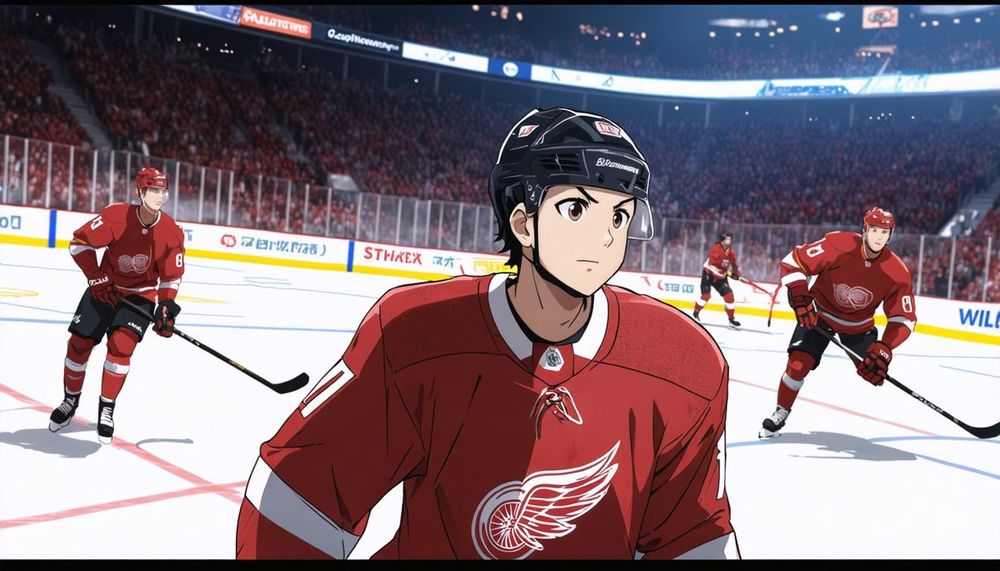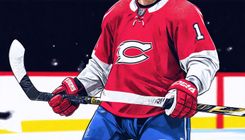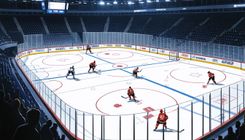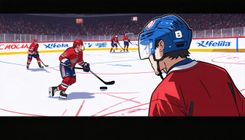Implications of the New NHL CBA for Player Development

The current NHL collective bargaining agreement (CBA) is set to expire in September 2026, a timeline that might evoke concern for those familiar with the league's history. However, in a notable development, NHL owners and the NHL Players Association have reached an agreement regarding the framework of a new deal this summer. Although the full Memorandum of Understanding for the new CBA has not been publicly released, NHL insider Frank Seravalli has revealed significant changes, particularly regarding player assignments.
One of the key alterations in the forthcoming CBA allows each NHL team to assign one 19-year-old prospect to their American Hockey League (AHL) team each season, which could potentially affect up to 32 players annually. This policy marks a significant shift in the development landscape for NHL prospects. Currently, under the CHL-NHL agreement, players drafted from Canadian major junior leagues, such as the Ontario Hockey League (OHL), Western Hockey League (WHL), or Quebec Major Junior Hockey League (QMJHL), are mandated to remain with their junior teams until they either turn 20 years old or complete four seasons in the CHL. However, players recruited from other junior leagues and joining a CHL team are exempt from this restriction, creating a notable distinction. With the new CBA set to implement in the 2026-2027 season, players born in 2007, like Vancouver Canucks prospect Braeden Cootes, could find themselves playing in the AHL instead of returning to junior hockey once they reach the age of 19.
This change could offer an advantageous pathway for CHL-affiliated prospects, particularly for those who might not be ready for the NHL yet benefit from the professional experience that the AHL provides. A classic example of this situation can be likened to Dylan Strome, who, if given the option to play in the AHL instead of returning to the OHL's Erie Otters, might have developed into a more impactful player without the ensuing label of being a draft bust. Recent years have shown that players, like Cole Perfetti and Shane Wright, who played in the AHL after major junior seasons were canceled or interrupted, benefited significantly from the experience. The implications of this new rule, allowing NHL teams to retain one young prospect closer to home while providing them professional training, showcase the potential for positive changes in player development paths.









